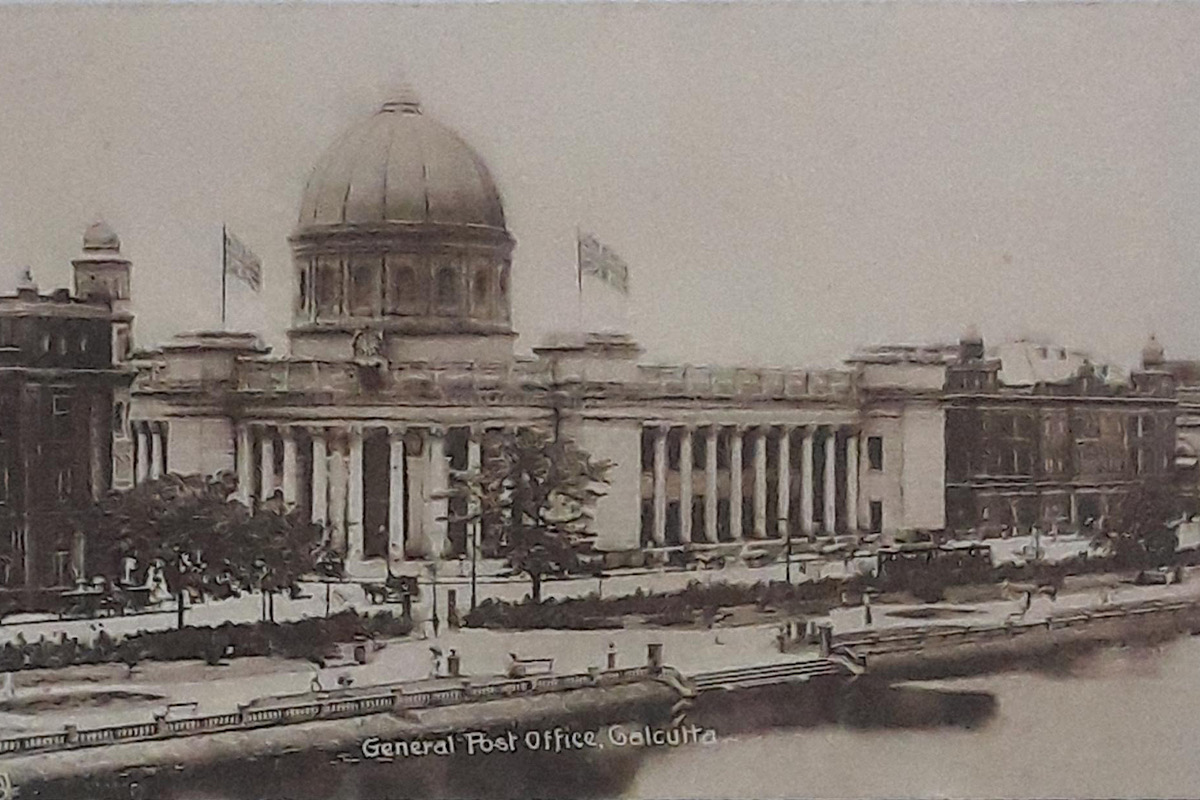CBI arrests Malda Medical College facility manager in corruption case
The Central Bureau of Investigation (CBI) has arrested Abhijit Das, the facility manager (ward master) of Malda Medical College, on charges of financial corruption.
Trams are featured in several paintings, symbolising the spirit of Kolkata. The heritage vehicle serves as an exemplary mode of eco-friendly transportation. Its movement has presently been severely restricted to only a few routes.

Kolkata (Photo:SNS)
Trams are featured in several paintings, symbolising the spirit of Kolkata. The heritage vehicle serves as an exemplary mode of eco-friendly transportation. Its movement has presently been severely restricted to only a few routes. Tram enthusiasts and historians have protested against these limitations and are fighting for restoration. Nevertheless, the demand for restoring trams based on their heritage value lacked a solid foundation. Collector Souvik Roy identified a crucial gap: the absence of important archival material on trams. His journey of collecting tram tickets and corresponding documents began when discussions about restoring the vehicle gained momentum.
Souvik Roy, supported by his family, embarked on his stamp collection journey at the age of ten. With a penchant for archiving, he amassed a diverse array of items, including coins, photographs and oleographs, along with tram tickets, which garnered him widespread recognition. What sets him apart is his meticulously curated collection of tram tickets, spanning from the 1930s to 2024, effectively chronicling the history of trams in Kolkata. Presently, his collection boasts 500 tram tickets. These tickets, arranged chronologically, offer insights into the socio-economic landscapes of their respective eras and have proven to be invaluable.
Advertisement
There was a prevailing belief that tram tickets during the British era were predominantly printed in England. However, Souvik Roy’s in-depth research on tram tickets debunked this myth. His collection revealed that many tickets bore the stamp of Gordon & Co., a printing company based in Calcutta from the 1940s to 1968. This discovery highlighted that a significant portion of tram tickets were printed locally in Kolkata during the British era. Roy remarks passionately, “When you juxtapose tram tickets, you not only trace their history but also grasp the remarkable concept behind their creation. It’s not merely about the tickets themselves; it’s about discerning the quality of paper used and the printing technology employed. Through these tickets, one can encapsulate an entire era.”
Advertisement
As an active member of the ‘Tram Jatra Movement’ since its establishment in 1997, Souvik Roy has been deeply involved in promoting the history of trams in Kolkata. On February 24, 2024, to commemorate the 151st anniversary of trams in Kolkata, he unveiled his collection of tram tickets at an unheard-of exhibition held aboard a moving tram.
This singular event, organised by Mahadev Shee, the founder of the ‘Tram Jatra Movement’, showcased the rich history of trams in the city. His collection was also publicly showcased at the Sabarna Sangrahashala in Behala during the 18th International History and Heritage Exhibition.
Beyond curating exhibitions featuring vintage tram tickets, photographs, and documents, Roy distinguished himself by designing a unique tourist tram ticket, a feat unprecedented among collectors in Asia. Under the initiative of managing director Neel Shandilya, Roy actively participated in various activities related to tram preservation. Roy’s tourist tram ticket featured a vintage photograph of old Calcutta on one side, serving as a cherished memento for visitors. Later, this ticket was replaced with thermal tickets.
In the initial stages of his tram ticket and document collection, Souvik Roy encountered limited support. It wasn’t until he personally engaged with the then-managing director of WBSTC that he gained access to the desired materials. Upon examination, Roy found tram tickets dating back to the 1930s stored in a file untouched for years. Similarly, tickets from the 1920s were stored in a trunk. Roy managed to procure eighty salvageable tickets and obtain access to some circulars, bolstering the historical authenticity of his collection. To supplement his findings, Roy relied on a variety of sources, including gazettes, dealers in London and Singapore, and assistance from friends. This collaborative effort provided him with a comprehensive understanding of tram operations throughout history. Reflecting on his research, Roy explains, “Studying tram tickets from the 1930s to 2000 allowed me to identify the printing company, ticket rates and the reasons behind any discrepancies that occurred.”
His extensive collection of tram tickets, coupled with his profound knowledge of their history, has positioned Souvik Roy as a captivating storyteller of Kolkata’s tram legacy. With a vision of preserving these artefacts for posterity, he aspires to compile them into a book to safeguard these historical treasures beyond his lifetime.
He emphasises the importance of effectively showcasing the historical significance of trams to garner public interest, believing that the media can play a pivotal role in this endeavour. Despite encountering obstacles, the sixty-year-old collector remains undeterred in his mission to revive interest in these iconic vehicles. He advocates for a pragmatic approach, grounded in the realities of tram preservation, and emphasises the need to raise awareness to support this cause. In his eyes, the revival of trams is not merely about transportation but also about preserving a vital aspect of Kolkata’s heritage.
The writer is a freelance contributor
Advertisement